FORTE CULTURA Station: Fortress system and former fortress of the German Confederation Mainz (DE)
2000 years of fortress history
From Roman fort to Prussian imperial fortress
Since its foundation, Mainz has experienced a history of fortification like almost no other location in Europe. If you take a walk through Mainz today, you will still come across its military history in many places. A bastion here, a wall or a vault there and, of course, the magnificent citadel.
Many of these fortress components not only have an exciting history, they often also offer tourists their very own world of experiences. Whether it's concerts and theatre, romantic dinners, exciting underworlds and museums or even gyms and spas, there is something for everyone.
Discover the fortress city of Mainz with FORTE CULTURA, experience over 2000 years of city and fortification history, closely linked to great personalities of their time, such as Elector Johann Philipp von Schönborn, Johann Wolfgang Goethe, Napoleon Bonaparte or Emperor Wilhelm II.

Get to know the fortress city of Mainz know:

Mainz was a Major fortress system and Fortress of the German Confederationconsisting of town fortifications, citadel and outer forts.
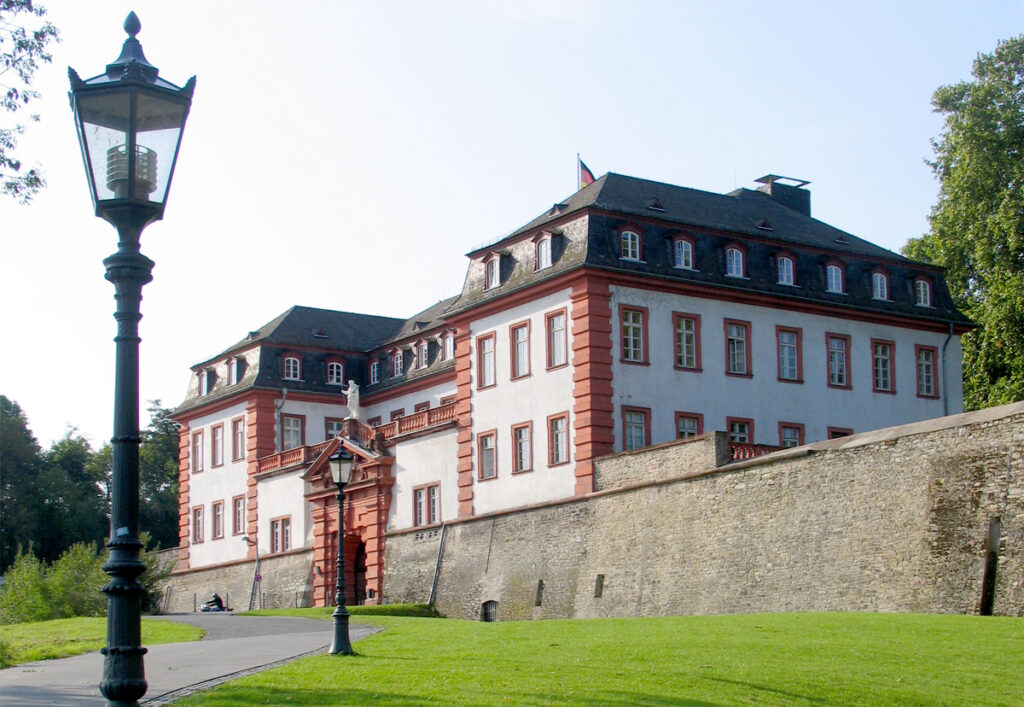
Mainz Citadel
The citadel with its four bastions is the fortress highlight of Mainz. It is enthroned at the Roman theatre on the Jakobsberg and in some places offers a view over the city panorama.
The range of experiences on offer at the citadel is multi-layered and extremely diverse. The Drusus Stone, for example, is a 2000-year-old Roman tomb on the citadel. The Garrison Museum houses an impressive model of the Mainz fortress and very personal memorabilia of soldiers from the time of occupation.
The natural citadel moat invites you to take a walk, exciting guided tours through the underground labyrinth of the citadel let you experience 2000 years of history, followed by refreshments in the "Citadelle" café (Fridays to Sundays, otherwise only at lunchtime).
Concerts and events such as the Open Ohr Festival at Whitsun, open-air theatre and mystery readings, the Citadel Festival or the creative Christmas market round off the diverse range of experiences on, under and around Mainz Citadel.
Guided tours of the Citadel are organised by both the Mainz Guides Association and the Mainz Citadel Initiative.
Underground - The Mainz Citadel
Built around 1660 in its current form, the Mainz Citadel on the Jakobsberg was a central part of the Mainz fortress. Experience the history of the citadel and its fascinating underground corridor system with medieval spolia, storerooms, wells and air raid shelters from the Second World War on a tour.
The Mainz Citadel and the Garrison Museum
On this tour, you will not only get to know the underworlds of Mainz Citadel, but also visit the Garrison Museum with us. There, Wolfgang Balzer, the founder of the museum, will introduce you to the world of the military. You can then round off the evening peacefully in the Citadel Café!
Tennis rackets and cannons: Costume tour through the citadel
Perhaps it is a French prisoner of war in the First World War, perhaps a caretaker from the 1950s: In any case, they have a lot to tell about the past of the mighty fortress. And they are sure to have a key with them that will open the citadel's underworld for you.
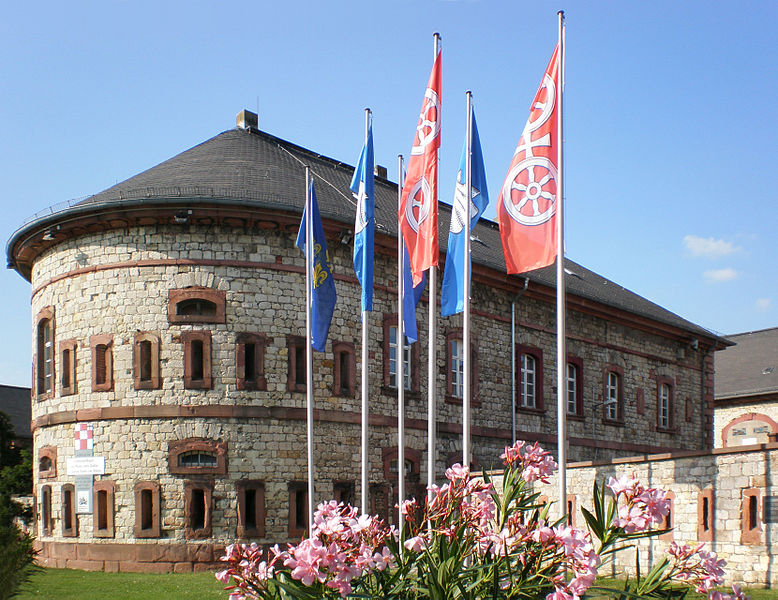
Reduit barracks Mainz-Kastel
"Die Reduit" - the former Reduit barracks in Mainz-Kastel, attracts many visitors to the banks of the Rhine in Wiesbaden every year with concerts, open-air cinema, the "Castellum" museum and its restaurant in the Schönborn bastion. Another insider tip in the summer months is the unique natural beach, which invites you to relax and enjoy yourself.
Once built as a bridgehead fortification on the right bank of the Rhine, the Reduitkaserne protected the federal fortress of Mainz against attacks from the land and the Rhine. Damaged during the Second World War, it was partially restored.
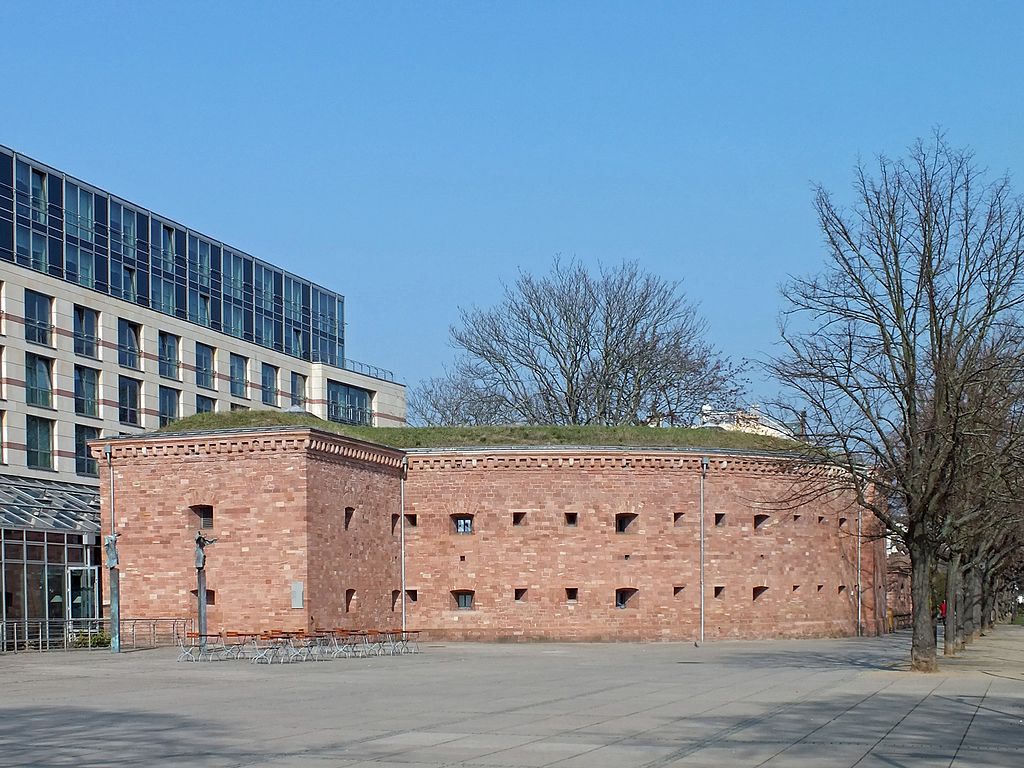
Fort Malakoff
Fort Malakoff, built in 1843 as a quadrant-shaped caponier, was used to fortify the left bank of the Rhine. The name Malakoff refers to a particularly strongly fortified tower on the Crimean peninsula during the Crimean War in Russia in 1855. Despite several extensions, the name was retained.
Today, the Mainz cultural monument is integrated into the Hyatt Regency Hotel Mainz, which offers modern facilities such as the M-Lounge & Bar and the Malakoff Bar for relaxing in a historically exciting setting.
The fort also gave its name to the adjacent Malakoff Terraces on the banks of the Rhine and the Fort Malakoff Park business centre.
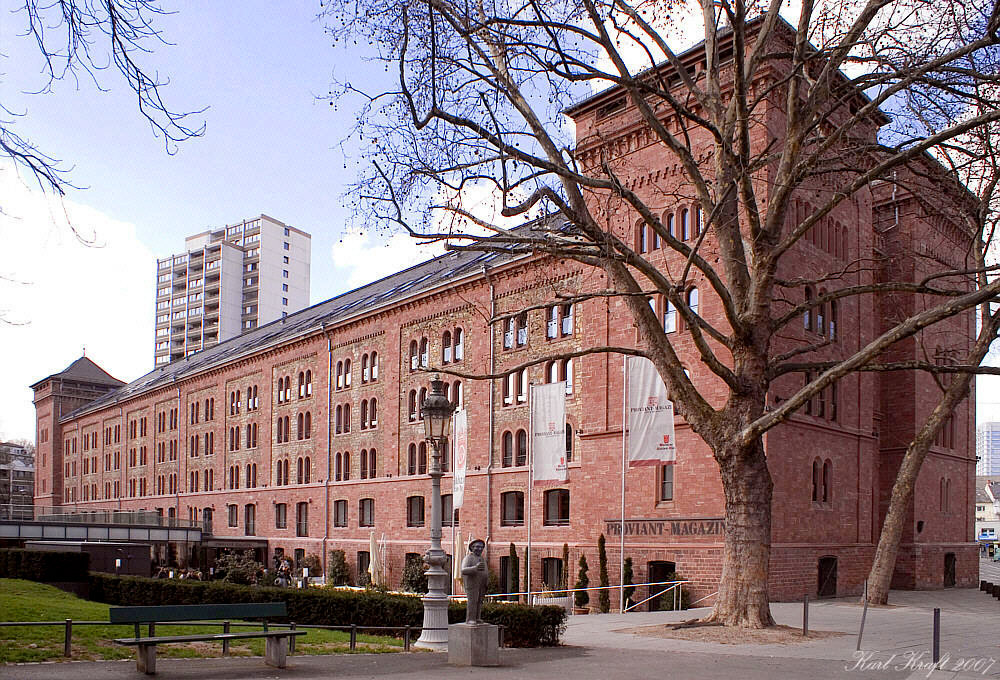
The Proviant-Magazin is a rarity in Mainz, both architecturally and historically. Built between 1863 and 1867 by the German Confederation, the neo-classical building represents the great importance of Mainz as a fortress city. The over 100 metre long red sandstone building with four defiant corner towers was used as a granary to supply Prussian and Austrian garrisons stationed in Mainz. In 1966, the provisions magazine was renovated and given a new cornice and a new roof. (Further information on the history of the provisions magazine)
Following its refurbishment, this "defensible" listed building now houses the Carnival Museum and the German Cabaret Archive in addition to office and residential space. The "Proviantamt" is also home to the Rheinhessen Vinothek with 130 winegrowers, home-style cooking and the original Mainzer Aktienbier (MAB).
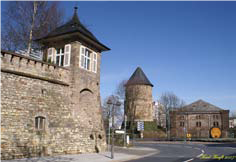
Alexander Bastion and Alexander Tower
The Alexander Bastion is part of the inner bastioned tracée, which was laid out from 1655 under Johann Philipp von Schönborn and built between 1668 - 73. It is named after Pope Alexander VII (1655-66). From 1876, the Rheingauwall, newly built as part of the city's expansion, adjoined the bastion to the north. Only a few small remains of this neo-Prussian fortification can still be found. Shortly before the start of the First World War, three villas were built on the fortress. Behind the Alexander bastion is the tower of the medieval city wall named after it, which rests on Roman foundations. The Alexander barracks can be found right next to it.
The Alexander Bastion (Auf der Bastei) is located on Augustusstrasse at the northern end of the Kästrich. Today it is home to the most beautiful Art Nouveau villa in Mainz. The "Villa Musica" is a worthy venue for chamber music and home to the eponymous state foundation for the promotion of young musicians.
Further information on the history of the Alxander barracks and the bastion Alexander.
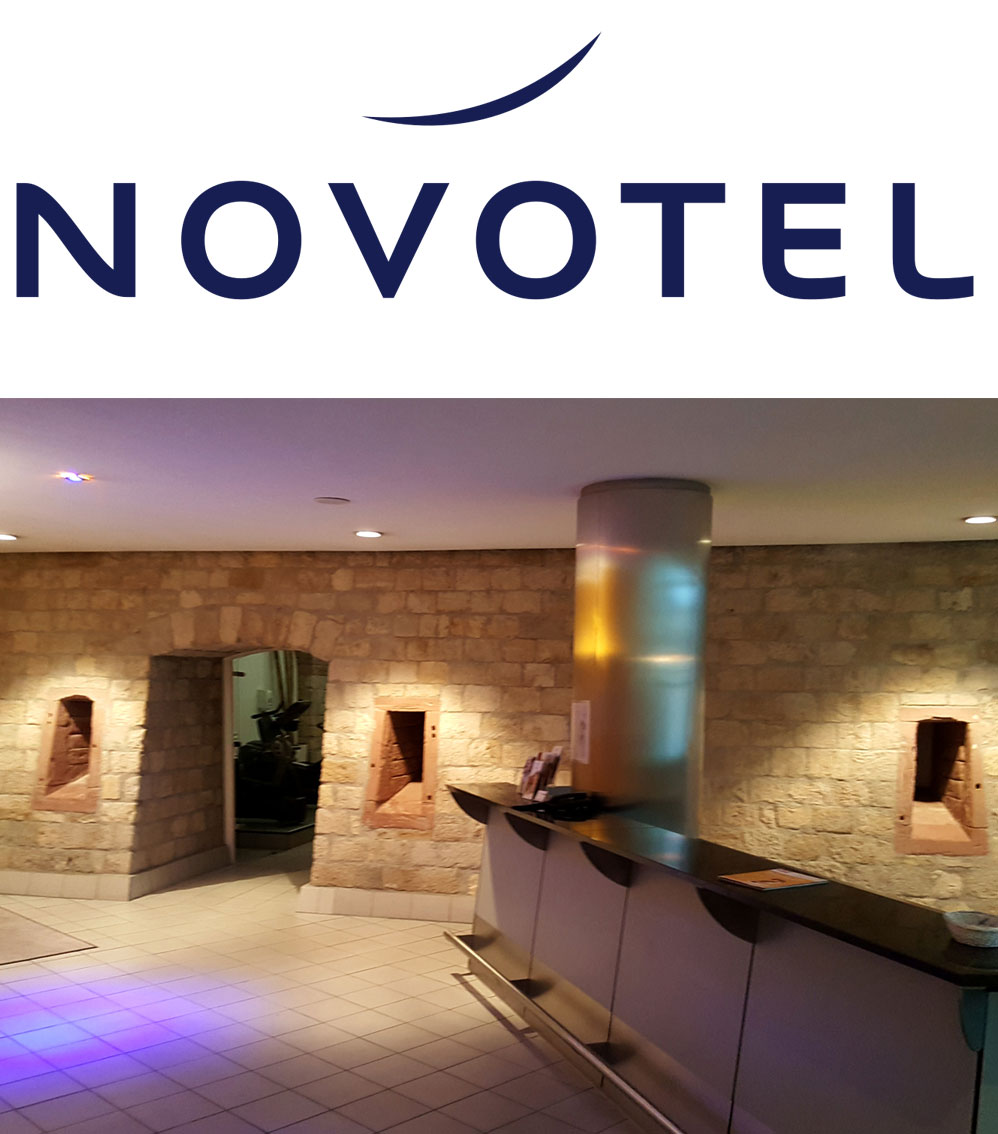
Alexander barracks on the Kästrich and underground casemates
In order to relieve the citizens and finally provide enough space for the soldiers of the Mainz Federal Fortress, several new barracks were built in the 1860s. A new barracks was therefore planned on the Kästrich behind the Alexander bastion. Work began in 1863 and was completed in the spring of 1865. In 1900, the Alexander barracks were purchased by the C. A. Kupferberg sparkling wine cellars, founded in 1850. The well-preserved barracks building at the back of the bastion is now used as a restaurant and event location. It is also home to the Kupferberg restaurant, which offers excellent cuisine and a panoramic garden in summer.
The casemates were used to protect against artillery fire and were part of every fortress construction and therefore also connected to the Alexander Barracks and the Citadel. Today, they are not only used for guided tours, but also as an exciting event location.
Roman Gate (around 360/370 AD): The passageway of the former Roman gate was more than four metres wide. It was built from the stones of the demolished legionary camp. Construction work on a new residential complex on the Kästrich brought the remains of the late Roman city gate to light in 1985. It is one of the latest Roman city gates in Germany. The road surface belonged to the Via praetoria, which connected the main gate of the camp, the Porta praetoria, with the staff building. The remains of the Roman city gate were integrated into the green areas of the Kupferbergterrasse residential complex.

Initiative Zitadelle Mainz e.V.
The Initiative Zitadelle Mainz (IZM) - founded in 2004 - is committed to the preservation and utilisation of the citadel. The association pursues its goals neutrally, independently and on a non-profit basis.
In cooperation with many interested parties, the IZM has succeeded in ensuring that the Citadel cultural monument is once again recognised in Mainz and the surrounding area. It is becoming apparent that the impending deterioration of the walls is being halted and that the walls and ramparts are being renovated and maintained in an environmentally friendly manner, making them accessible and tangible. Since its foundation, the IZM has advocated a balance between the interests of monument protection and nature conservation.

Tourist Service Centre Mainz
The Tourist Service Center looks after all visitors to Mainz, whether they are day tourists, congress guests or business travellers. Information about Mainz and its sights is competently answered by the friendly staff. Whether city maps, hotel lists or museum brochures, the Tourist Service Centre distributes and sends out information material to all interested parties.
Tourist Service Centre
Bridge tower, Rheinstraße 55
Mon-Fri 10:00 - 17:00
Sat. 10:00 - 15:00
Phone: 06131-242888
State Museum, Große Bleiche 49-51
Tue. 10:00 - 20:00
Wed.-Sun. 10:00 - 17:00
Phone: 06131-2857-191
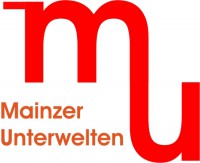
Mainz Underworlds e.V.
The non-profit organisation "Mainzer Unterwelten" (Mainz Underworlds) supports the maintenance and preservation of listed buildings, documents underground facilities and offers guided tours for the public. There are public tours on the first Sunday of every month from April to September at 2 pm and 4 pm and on the last Sunday in January, October and November at 6 pm.
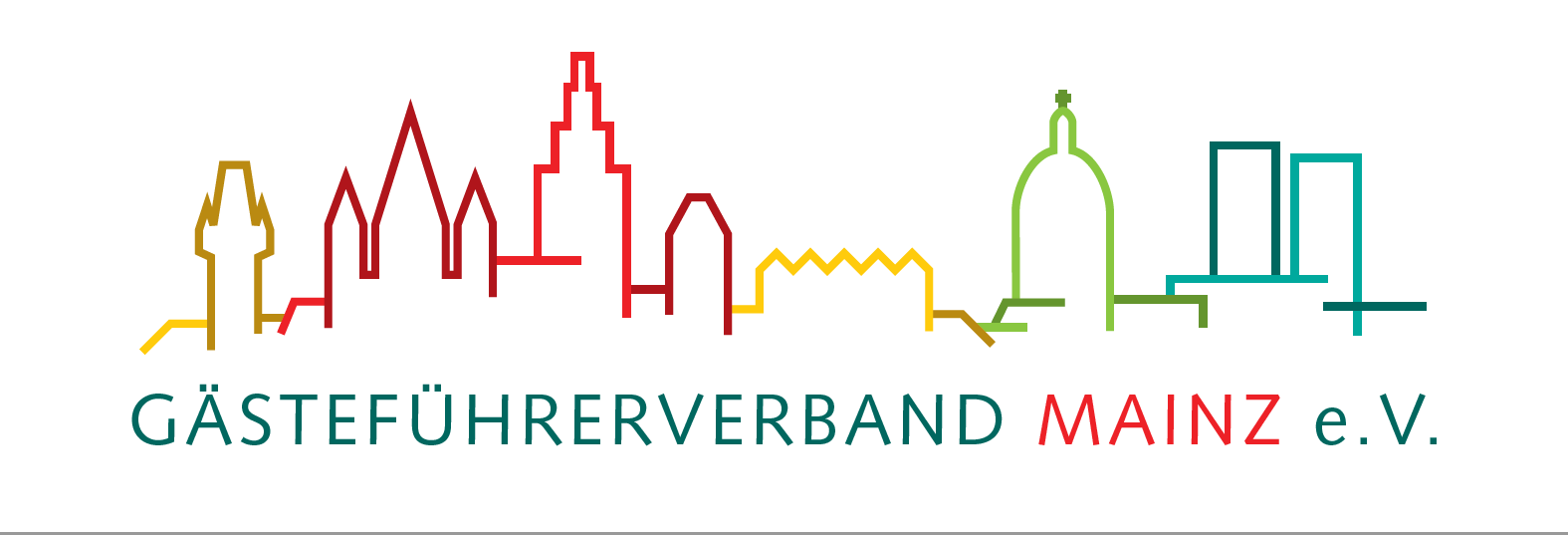
Mainz Tourist Guide Association
Since the Mainz tour guides first organised themselves in the 1980s, the association has gone from strength to strength. In 1994, the year the Federal Association of Tourist Guides in Germany (BVGD) was founded, the Mainz association was also entered in the register of associations. What once began with just 20 members has now grown to an impressive group of over 90 tour guides. All Mainz tour guides are trained in accordance with BVGD guidelines, and the certifications recommended by the BVGD are also part of the association's programme.
Further recommendations
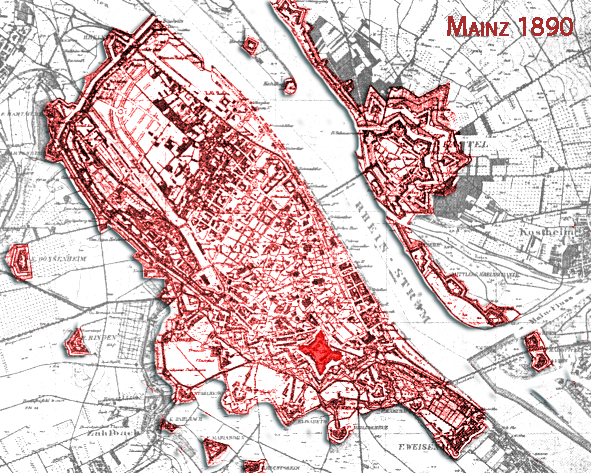
A Roman military base was established at the confluence of the Main and Rhine rivers as early as 13 BC to secure the Limes and for the conquest of Germania. Mogontiacum (Latin for Mainz) became a vibrant Roman legionary city with a war harbour, Rhine bridge and castellum for 500 years. The Drusus Stone, the Roman Theatre and the Roman-Germanic Museum in the Residenzschloss bear witness to this important era.
From the 3rd century, a Roman city wall was built, which was extended from the 9th century to form the medieval city fortifications. In 1163 it was razed again by imperial decree - because the people of Mainz assassinated Bishop Arnold von Seelenhofen during an uprising. From the 13th century, when the tide had calmed, it was rebuilt and extended to a height of 5 metres. Town gates and towers were added.
From 1620, Mainz was developed into a baroque fortress for the electors. Schweickhardsburg Castle was built on the Jakobsberg - gun emplacements and redoubts were erected.
From 1655, Elector Johann Philipp von Schönborn had the citadel built in place of Schweickhardsburg Castle and extended the ring of bastions. Between 1792 and 1814, Mainz was predominantly a French border and offensive fortress with many sieges.
In 1793, Johann Wolfgang Goethe described as an eyewitness the siege of Mainz by Prussia - Austria - Saxony - Bavaria and Hesse, during which the French capitulated after 2 months. They did not return until 1797 and stayed until 1814, during which time Napoleon visited Mainz 9 times.
After being handed over to the Germans in 1814, it was developed into a fortress of the German Confederation until 1866. Together with the other upgraded federal fortresses of Ulm - Rastatt - Landau and Luxembourg, the aim was to prevent another French invasion. When the Mainz powder magazine exploded, the gable stone of the building flew 500 metres into the old town and still lies there today.
From 1870 to 1918, the imperial fortress of Mainz was built with a further fortification ring consisting of over 300 bunkers and emplacements, including a fortress railway for supplies. The citadel was used as a prisoner of war camp. The Treaty of Versailles finally sealed the end of Mainz as a fortress city and large-scale demolition work began, focussing mainly on the bunker ring.
During the Second World War, another prisoner of war camp was set up on the citadel and the underground fortress corridors were used as air raid shelters. From 1945-1955, the French occupying forces moved into the citadel and had some of the destroyed buildings rebuilt.
Find out more about the history: www.festung-mainz.de.
Mainz still boasts many architectural highlights from its long fortification history. Famous master builders, such as Johann Maximilian von Welsch, were involved in this development. The citadel with its classic layout, the four bastions and the gatehouse are of course worth seeing. The Rhine gates and caponiers or the Gautor are also impressive.
The commander's building on the citadel
The commander's building, erected above the western entrance, towers towards the town. It was built in 1696 under the Elector of Mainz, Lothar Franz von Schönborn, and served as the official residence of the fortress commander. The building consists of three wings and just as many storeys. A large terrace lies between the wings. The red and white painted building is crowned by a "mansard roof" - the first ever in Mainz. An additional storey was added in 1833, destroying the mansard roof, but the French occupying forces had it restored to its original state after the Second World War.
The gateway, which was built around 1660 and through which most visitors enter the citadel today, is located under the commander's building. Formerly passing directly under the rampart, it was integrated into it when the Commandant's Building was built. The baroque gate, designed by Italian architect Antonio Petrini, faces the town. Its unique features were the protruding sandstones, which were intended to emphasise the character of the fortifications, and the terrifying "stone grimace". At the top of the pediment, two lions hold the coat of arms of Elector Johann Philipp von Schönborn, who built the citadel. It shows the double wheel of Mainz in four fields, the rake of the Duchy of Franconia and the banner for the Bishopric of Würzburg. Johann Philipp ruled over these territories around 1660, and the family coat of arms of Johann Philipp von Schönborn is emblazoned in the centre as a heart shield: a lion running over the Franconian rake. Incidentally, on closer inspection, the Schönborn lion has two tails. Why this is the case is still unclear today.
The guide rollers to the left and right of the archway are reminiscent of the former drawbridge. When visitors enter the gateway, they immediately notice the peculiar bend: it made it possible to take an invading enemy under fire head-on and not just from the side, as would have been the case with a straight passage. A portcullis and a hole from which rubbish could be tipped over the intruders served as additional protection. However, they lost their function when the commandant's building was erected above the gate.
There are also two stones with inscriptions in the doorway. Both were probably moved to this location at a later date. The smaller stone names the builder and first bailiff of the citadel: Adolph von Waldenburg. The larger stone bears the coat of arms of Elector Georg Friedrich v. Greiffenklau zu Vollrads (right) - under whom Schweickhardtsburg Castle was completed in 1629 - and the coat of arms of the Mainz cathedral chapter (left).
Author
In medieval Mainz, the Gaupforte was the most important connection from the city to the surrounding area alongside the Münster Gate. The word "Gau" comes from Middle High German and means "land" or "area". Strictly speaking, the medieval Gaupforte consisted of three gates: the inner, middle and outer Gaupforte. While the bridge tower rose above the centre gate, the outer gate was secured by the Martinsturm tower. There were around 150 metres between the inner and outer gates.
The Gaupforte gained notoriety as early as 1462 during the Stiftsfehde: it was at this supposedly best-secured point of the medieval city fortifications that Adolf II of Nassau's troops managed to break through. This not only ended the feud between him and Dieter von Isenburg, but also the 200-year history of the "free" city of Mainz.
During the Swedish period (1631-36), the Gautor was surrounded by an earth wall. In the course of the construction of the bastioned fortress ring around Mainz in the 1650s under Elector Johann Philipp von Schönborn, a brick cross-wall with a passageway was built in place of the Gaupforten. This passageway had a façade facing both the city and the countryside. The preserved outer gate façade has Roman-Baroque stylistic features. St Martin with two beggars (a copy since 2002) can be seen in the gable of the gate. In front of the gate was a large stone bridge that spanned the moat.
The inner and centre Gaupforte had to make way for the new Gautor. However, the outer gate with the Martin Tower remained within the Martin bastion, which adjoined the gate to the north - until a neighbouring powder magazine exploded on the afternoon of 18 November 1857.
In 1896, the Gautor and ramparts were demolished and the moat in front of them was filled in. Only the fierce protests of the people of Mainz saved the Gautor from being destroyed. However, a good hundred years would pass before it was restored to its original location. It was not until 1998 that the façade of the Gautor was erected near its original location - at the entrance to Gaugasse.
The green area of the Mainz Citadel is one of the most species-rich areas in the built-up area of Mainz. It is particularly important from an ecological point of view: Over 450 animal and plant species can be found in the citadel area, 66 of which are on the Red Lists of the Federal Republic of Germany and the state of Rhineland-Palatinate. As a green lung, the protected landscape of the citadel provides the city centre with fresh air.
The flora and fauna that has developed over decades on parts of the citadel is now invaluable: 447 animal and plant species, including birds, bats and wild bees, live here. 66 of these species are even on the Red List, for example the brown long-eared bat, long-horned bee, dwarf stag beetle, yew tree and fuzzy mullein. The birdlife in particular has a remarkable number of species and in some cases high breeding densities, which can be attributed to the natural woodland, the supposed "undergrowth". 44 bird species have already been observed here, including blackcap, warbler, song thrush, pied flycatcher, goldfinch, linnet, robin, great spotted woodpecker and green woodpecker. The birds particularly like to nest in the bramble hedges, which offer protection from enemies and are richly branched. Their hollow stems also serve as a year-round habitat for wild bees.
The walls of the citadel are even of national importance. Over 170 species of stinging wasps, such as digger wasps and wild bees, have been found here. These rely on small cavities in the walls as nesting sites (laying tubes). They feed on other insects living on the wall and, above all, on the vegetation of the wall with flowering plants. These herbaceous plants, such as bluebells, do not damage the wall. Woody plants that damage the wall can of course be removed. Another special feature is the age of the citadel walls, i.e. these are habitats that have been undisturbed for centuries and which, in addition to their biodiversity, presumably also contain ancient populations and genetic reservoirs of species.
The walls of the citadel are also among the most important moss biotopes in the country. The ivy protects the walls from weathering in many places. It is evergreen and provides cover for wildlife all year round. Unlike other plants, it flowers later (from September) and bears fruit earlier and is particularly valuable in this otherwise food-poor period. The ivy silk bee specialises exclusively in ivy pollen to raise its brood.
The underground tunnels and casemates are home to bats such as the brown long-eared bat and the water bat. Other species join them in the evening to hunt. For example, they fly over the vegetation on the walls and prey on insects that are attracted by the flowers.
For its inhabitants, the greenery and walls of the citadel are irreplaceable habitats that are no longer available in the wider neighbourhood. If they are lost, entire communities can collapse. The citadel's greenery also serves as a green lung for the city centre. It is structurally sealed off from the fresh air corridors of the surrounding area. The citadel greenery filters the air and cools and humidifies the hot and dry urban climate right into the residential areas. In summer, you can feel the refreshing flow of air from the citadel moat. The high value of the citadel greenery led to the designation of the moat and part of the ramparts as a protected landscape feature (GLB) in accordance with Section 29 of the Federal Nature Conservation Act in 1986.
Pilot project "Ecological wall restoration at Mainz Citadel" and overall concept for the citadel
In principle, it is possible for nature conservation and monument protection to coexist. With an area of around 10 hectares and a wall length of around two kilometres, the citadel area offers sufficient space for this. There can be areas focussing on nature conservation (e.g. citadel moat), areas focussing on monument protection (e.g. commandant's building and apron) and combinations of nature and monument protection (e.g. bellflower growth on the walls, green areas with a line of sight to the cathedral).
Where the masonry is in need of restoration, it can be renovated in a way that protects nature. As part of the project "Ecological wall restoration at Mainz Citadel" (2006-2009), funded by the German Federal Environmental Foundation, a guideline was drawn up in collaboration with official and voluntary representatives of nature conservation and monument protection, which takes into account both monument preservation and ecological aspects, such as the breeding times of birds or the preservation of harmless vegetation.
Events in the Mainz Citadel
Mainz Citadel has long been a favourite location for a wide variety of events. Find out about upcoming events on the grounds of the citadel in the Event calendar of the Zitadelle Mainz e.V.e.g:
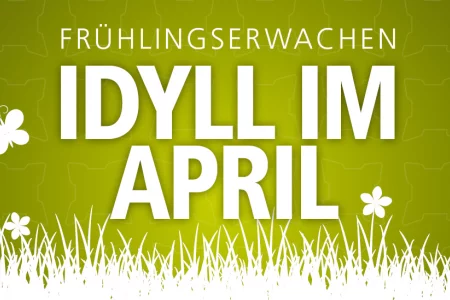
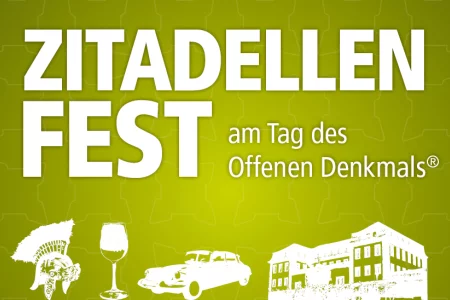
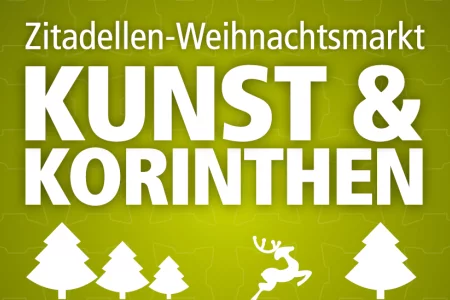
FORTE CULTURA guided tours in Mainz
Wine, women and history
Romans, robbers, revolutionaries
FORTE CULTURA travel recommendations with the Mainz Fortress
Fortresses of the German Confederation
Contact us

Initiative Zitadelle Mainz e.V.
www.zitadelle-mainz.de/kontakt/
Wenn du dies siehst, nachdem deine Seite vollständig geladen wurde, fehlen leafletJS-Dateien.
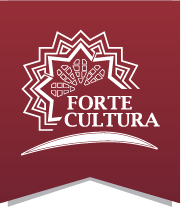
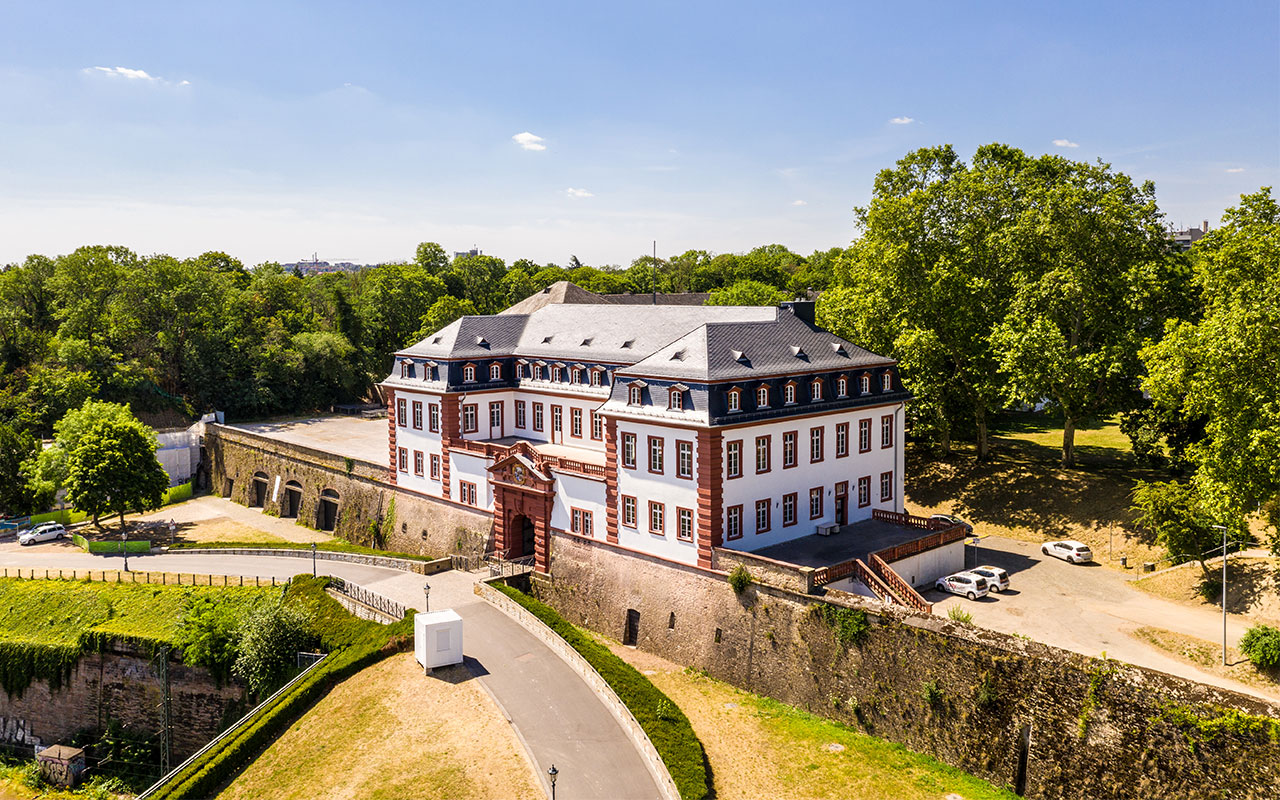
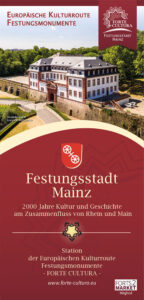

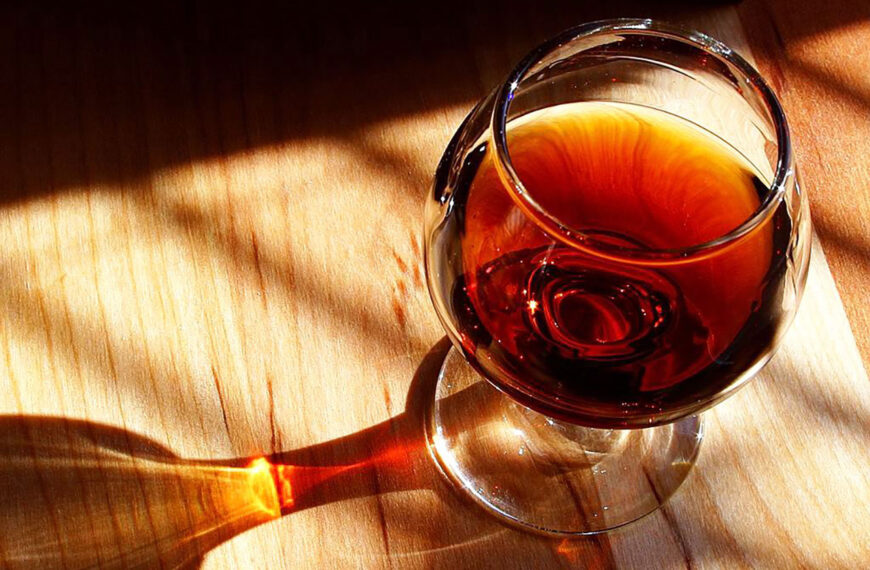
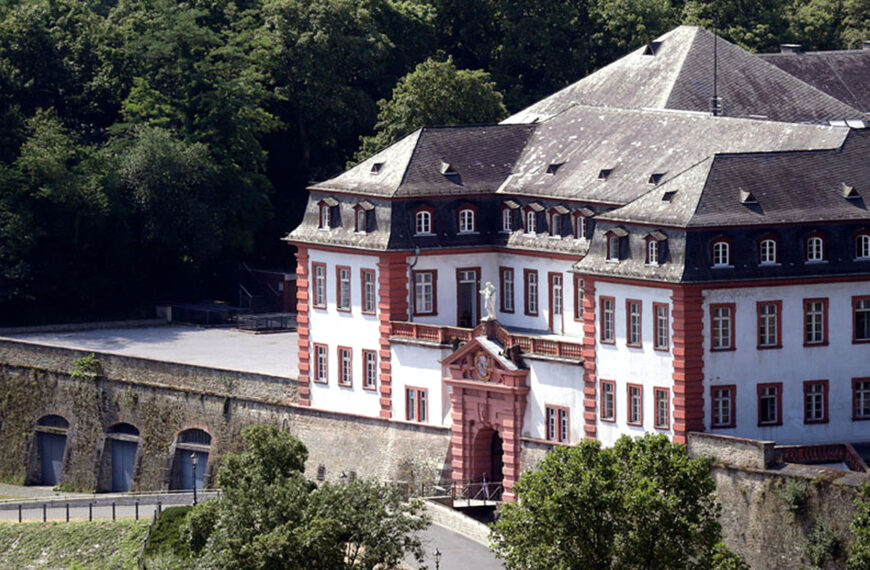
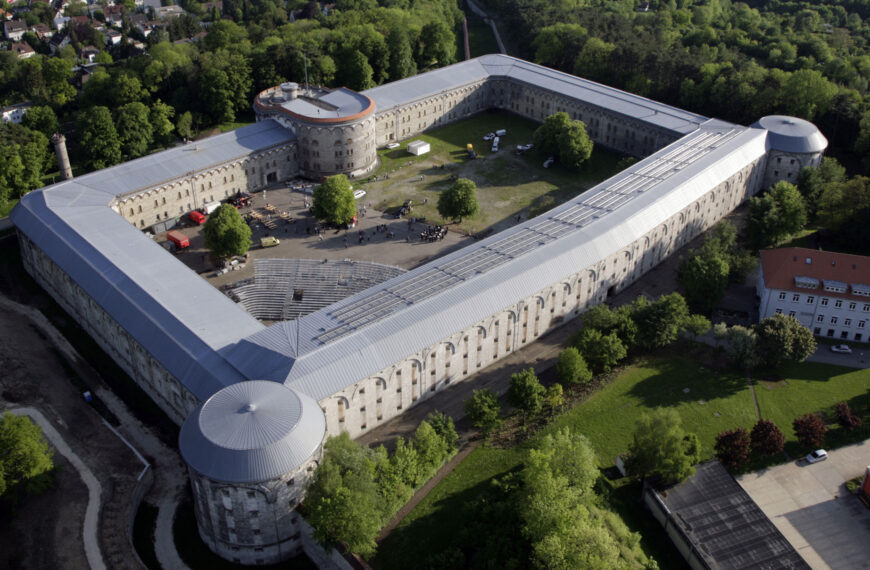
Schreibe einen Kommentar